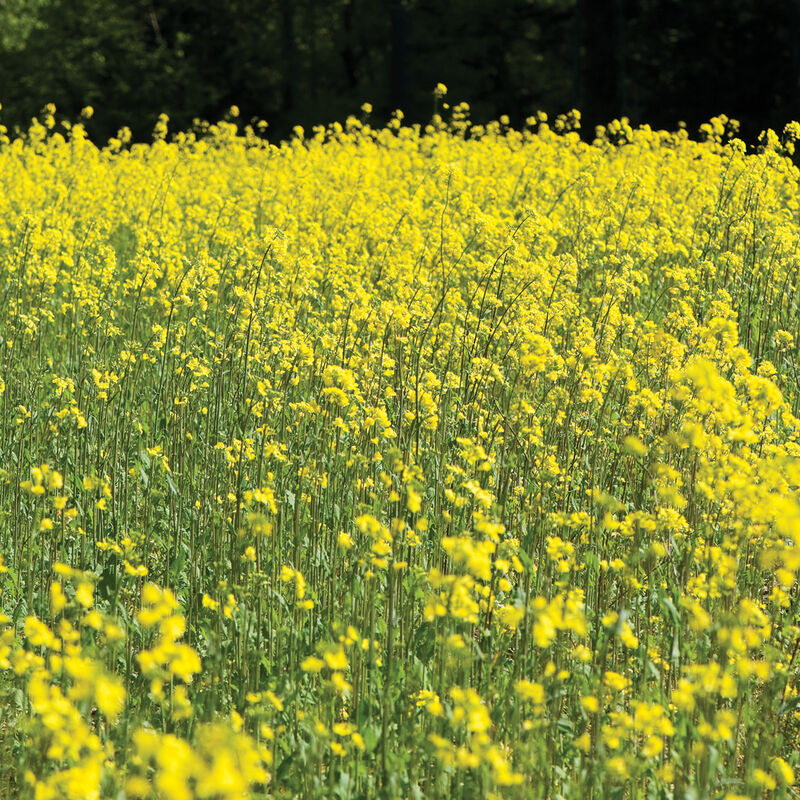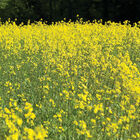Yellow Mustard Cover Crop Seed
Yellow Mustard Cover Crop Seed
Fast-growing weed suppression and pest control.
Mustard residues which contain glucosinolates are known to suppress soil-borne fungi and nematodes. For use as a soil biofumigant, mow mustard crop at flowering stage, but before mature seed set, and incorporate into the soil immediately. Performs best as a fall planted crop. Thrives in cool conditions.Specs:
- This product does not ship to Canada.
This item’s size, weight, or shape may require an additional shipping surcharge based on the shipping location selected. Specific charges will be displayed during checkout.
Uses: Brassica species provide rapid growth in cool weather, produce abundant biomass, prevent erosion, alleviate compaction, and suppress weeds. They contain compounds that can offer disease and soilborne pest suppression. They are highly effective nutrient scavengers, though nitrogen can be lost before the next crop when winterkilled. Plant as part of an overwintering mix to retain nitrogen longer. Some species can be used for livestock and wildlife forage.
Culture: Do not plant before other Brassica crops as they harbor similar pest and disease issues. Sow ¼–1" deep, depending on seed size and variety. Seed can be drilled using a grain drill or broadcast and covered lightly. Brassicas prefer cool weather, so spring or late summer sowings are most productive. Radish and turnips are best planted in fall to prevent premature bolting and to encourage root elongation/fill.
Seeding Rate: When broadcasting, seed at the higher end of the stated range. Mustard: ¼ lb./1,000 sq.ft.; 5–15 lb/acre. Oilseed Radish: ½ lb./1,000 sq.ft.; 10–20 lb./acre. Turnips: ¼ lb./1,000 sq.ft.; 5–8 lb./acre.
Soil Requirements: Most brassicas prefer a pH of 5.5–8.5 and well-drained, fertile soil. Soil temperature for effective germination should be between 45–85°F (7–29°C).
Grazing (Forage Turnips and Oilseed Radish): Begin grazing when roots reach 2–4" diameter and continue throughout the winter.
Harvest (Oilseed Radish): For oil production, harvest tops of plant after seed has matured. Incorporate the root into the soil.
Termination: Brassicas can be effectively terminated by mowing or tilling when flowering. To capture biofumigant benefits, mow at flowering and immediately till or tarp. Radish and turnip roots are easiest to manage when they are allowed to break down overwinter. Brassicas will winterkill reliably in Zone 6 and colder. Turnip roots can survive temperatures down to 10°F (-12°C).
Johnny's is committed to your success, every step of the way.
We want you, our customer, to be 100% satisfied with all of our seeds, tools, and supplies.
If anything you purchase from us proves unsatisfactory, we will either replace the item or refund the purchase price.




